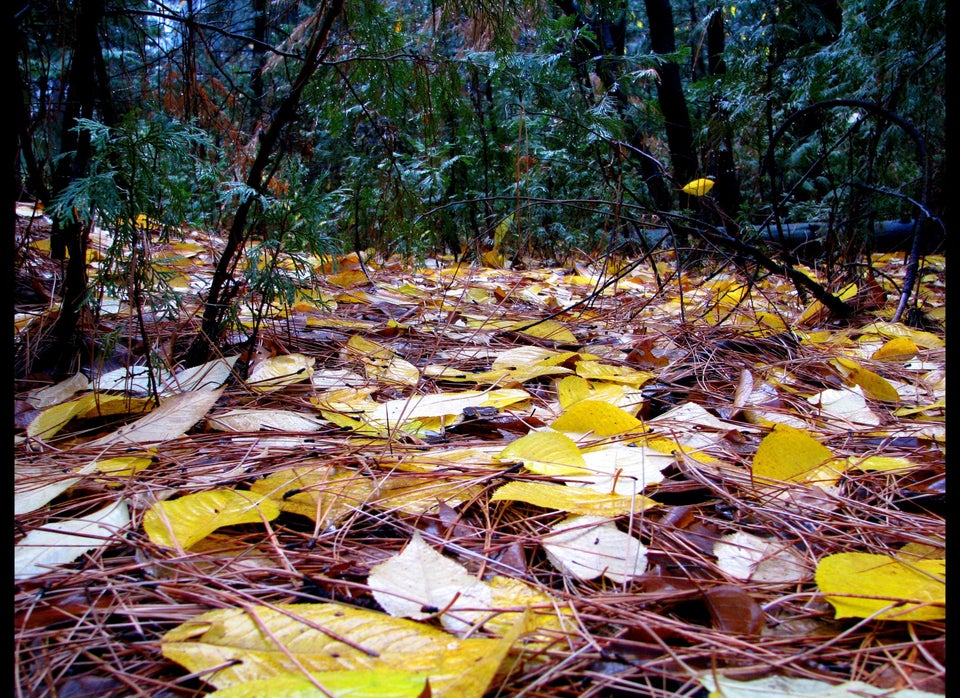In a world that is constantly confronted with catastrophic news, there comes an idea that lifts us up, an idea so powerfully inspirational that it shifts whole paradigms of thinking and approach. This idea has been around for over a decade in its current form, and, actually, has been around for billions of years. It is called "biomimicry," but that word is really another word for nature.
Biomimicry is a new discipline that looks to nature to solve design and engineering problems. Formulated by Janine Benyus of the Biomimicry Institute, the thinking goes like this:
Life's been on Earth for 3.8 billion years, and in that time life has learned what works, and what's appropriate here and what lasts here. And, the idea is that perhaps we should be looking at these mentors, at these biological elders. They have figured out how to create a sustainable world. So rather than inventing it from scratch, why don't we take our cues from them. These are Earth savvy adaptations.
Human beings have been imposing logic onto Earth's systems without fully understanding how these systems work. Our assumptions on how the world works at the advent of the industrial era have fallen far short of the truth, and now we have polluted the air, water and soil. We've caused the collapse of biodiversity and created climate change.
We need a new industrial paradigm that is informed by how the world actually works. We need to design and build a world that is well adapted to the context within which we live -- a world that is our biosphere. Superimposing technology on the landscape will be, and has now proven to be, short-lived. If we have tech that can last 10,000 generations, then it is well-adapted. And building our civilization on the basis of life's technology is indeed possible.
The most basic example is when a spider eats an insect, and -- in its belly in water at room temperature -- creates a fiber that is five times stronger, ounce for ounce, than steel.
Life builds most things at low temperatures, in low toxicity and under low pressures. In our industrial processes, we build things at high temperatures, in chemical baths and under high pressures. The most basic example is when a spider eats an insect and -- in its belly in water at room temperature -- creates a fiber that is five times stronger, ounce for ounce, than steel. The abalone can self-assemble a hard shell with hundreds of layers out of seawater. A coral reef recipe can be used to sequester carbon dioxide from seawater and create concrete.
Now, biomimicry, the practice of looking deeply into nature's design strategies, is entering industrial design processes. There are companies that can create carbon by sequestering cement. There are companies that have looked at the Namibian beetle's water capturing techniques and have created a self-filling water bottle. And this is only the beginning.
A bright world of abundance awaits all of us if we roll up our sleeves and do this work of stepping out of our collective ego and being humble enough to look at a simple leaf and figure out how it really is photosynthesizing -- how it really is generating energy from the sun. There are groundbreaking, lifesaving innovations that lay in wait, right in front of us.
Also on WorldPost:
